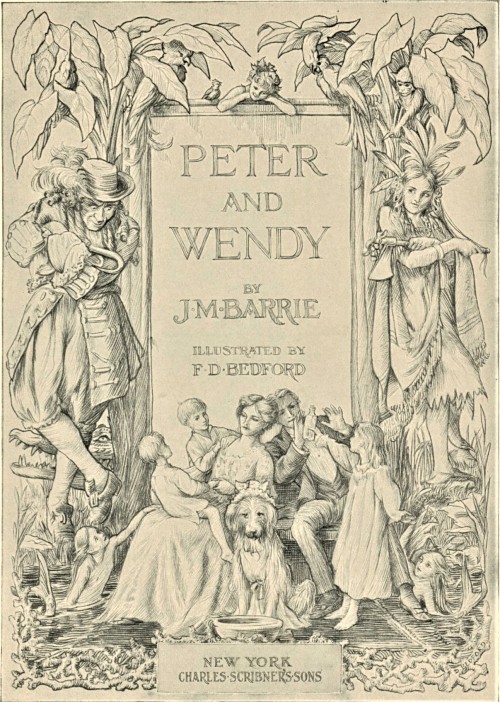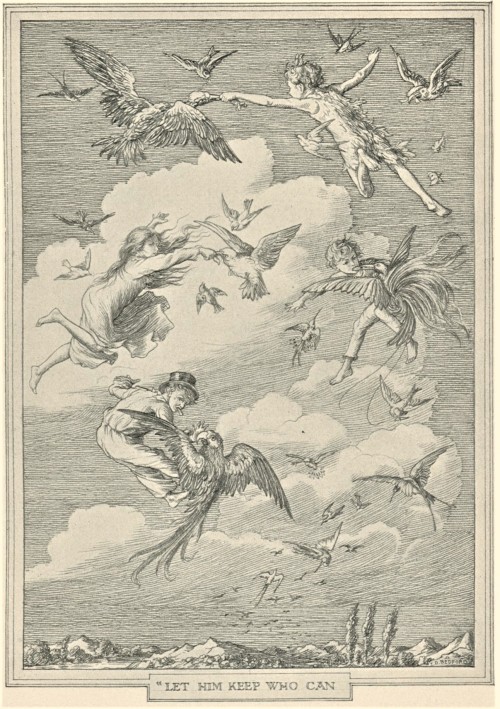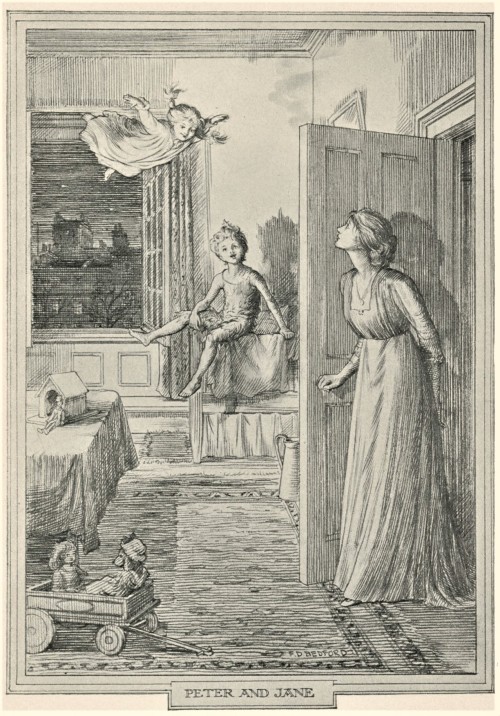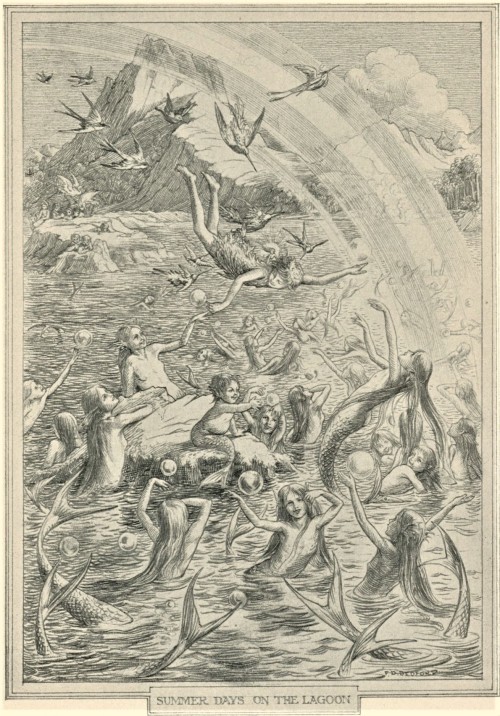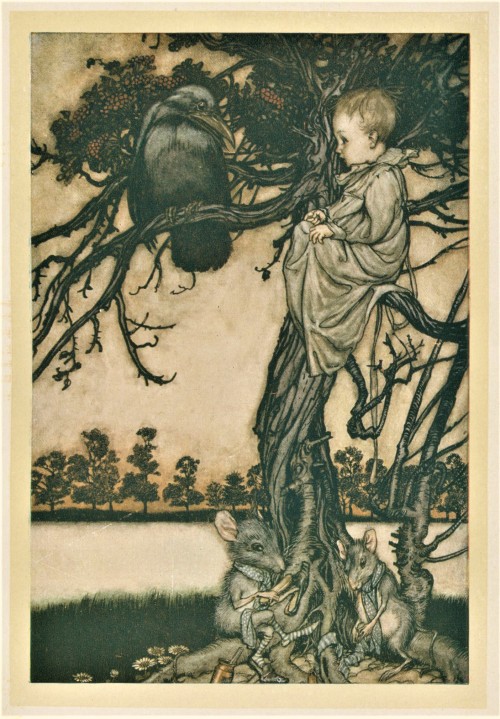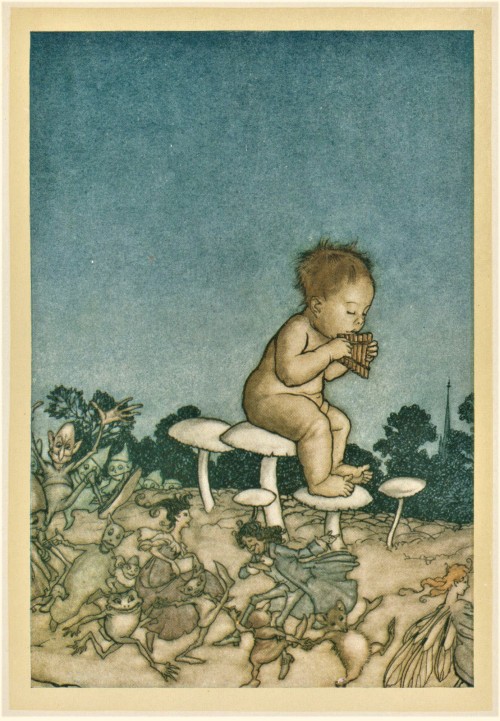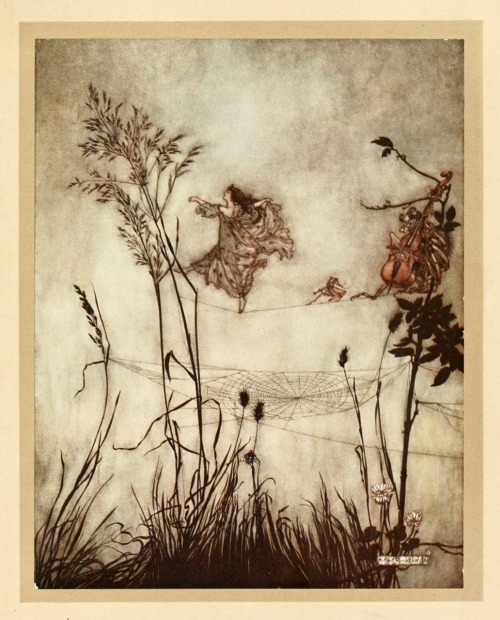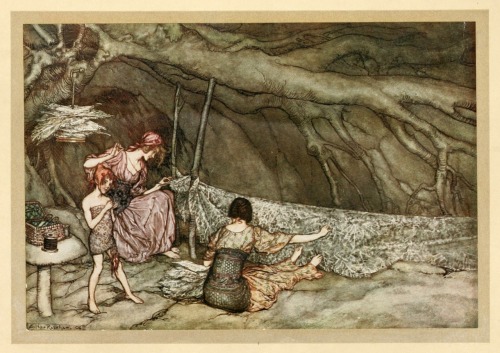#peter pan in kensington gardens
Happy Birthday J.M. Barrie!
Today we share illustrations from the first American trade edition of Peter and Wendy (Scribner’s, 1911) and the second American edition of Peter Pan in Kensington Gardens (Scribner’s, 1910) to honor the birth of Scottish playwright and authorJ.M. Barrie, born May, 9th 1860. Peter and Wendy is illustrated by F. D. Bedford, while Kensington Gardens is illustrated byArthur Rackham.
Barrie is best remembered as the creator of Peter Pan, modeled after the sons of the Llewelyn Davies family, whom Barrie would go on to serve as guardian after the death of father Arthur (d. 1907) and mother Sylvia (d. 1910). The character of Peter Pan first appeared in Barrie’s 1902 novel The Little White Bird. A portion of that novel about an infant Peter was extracted and reprinted by Barrie’s English publisher, Hodder and Stoughton, in 1906 as Peter Pan in Kensington Gardens following the success of Barrie’s 1904 stage play, Peter Pan, or The Boy Who Wouldn’t Grow Up. The stage play later served as the basis for the 1911 novel, Peter and Wendy.
While Peter Pan remains Barrie’s most enduring creation, he enjoyed much success on the London stage, including Ibsen’s Ghost (1891),Quality Street (1901), The Admirable Crichton (1902), The Twelve Pound Look (1910), and Mary Rose (1920). He was also involved in several campaigns to challenge censorious policies affecting British theatre.
Find more Milestone Monday posts here.
-Olivia,Special Collections Graduate Intern
Post link

